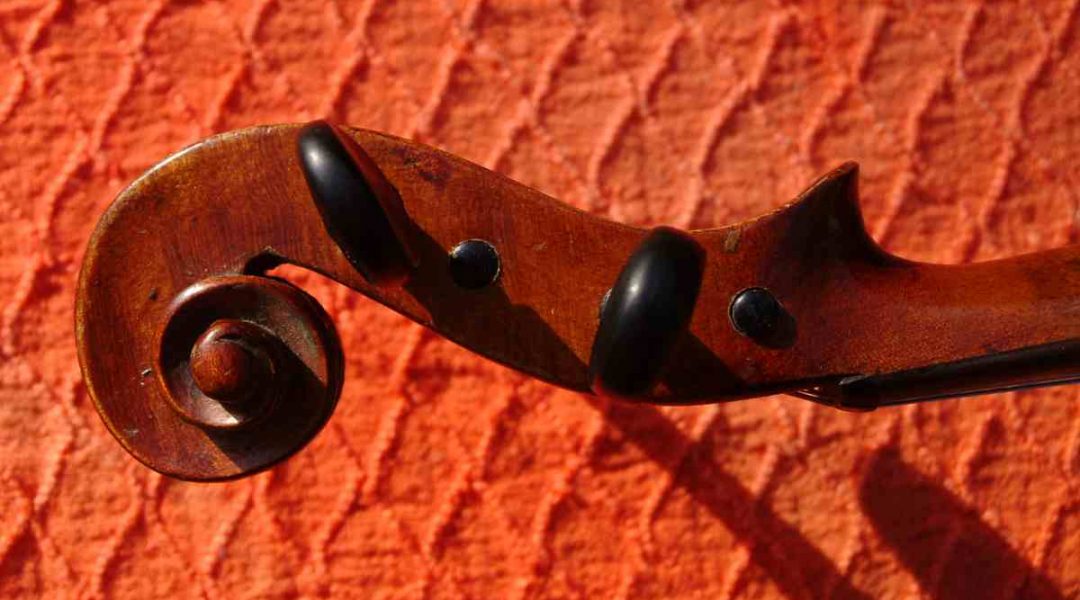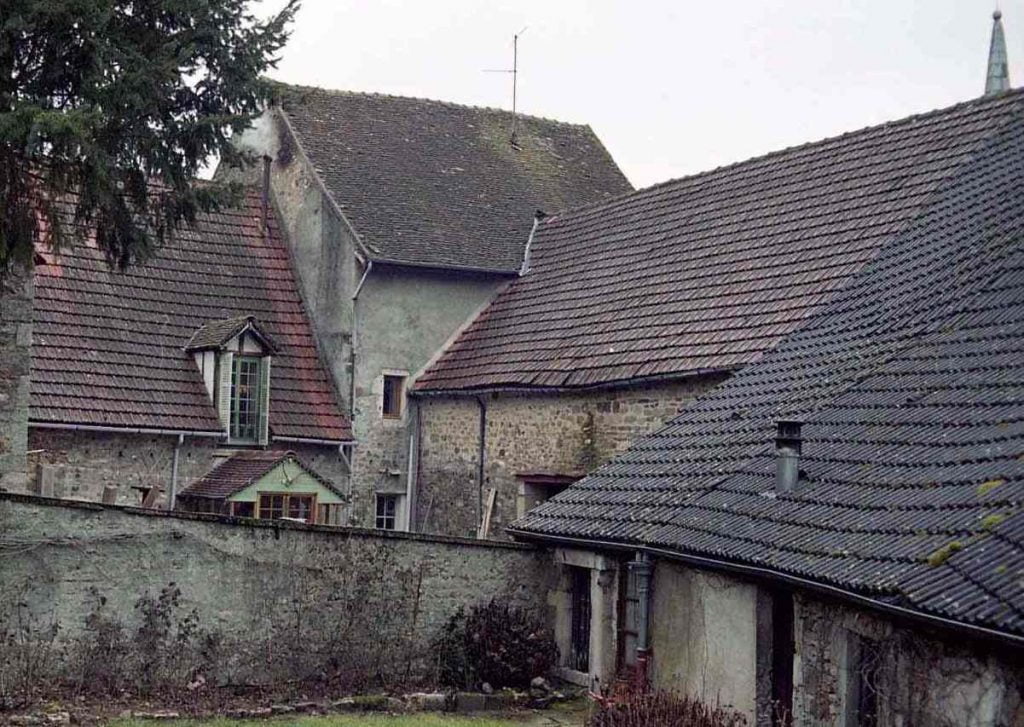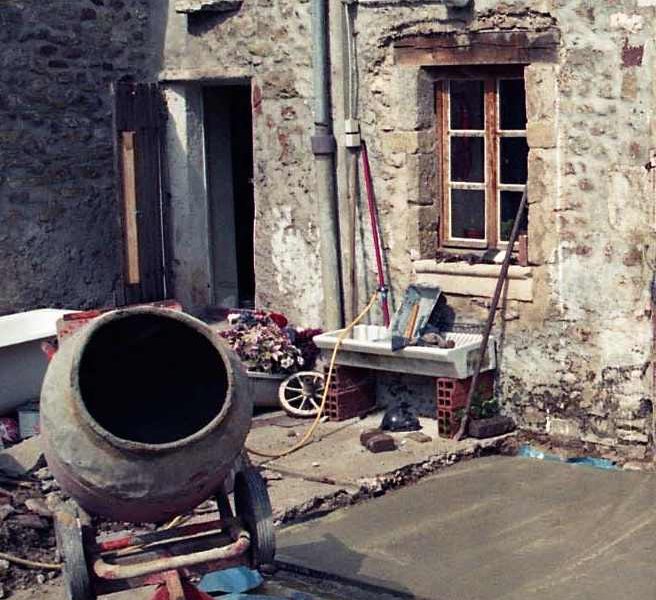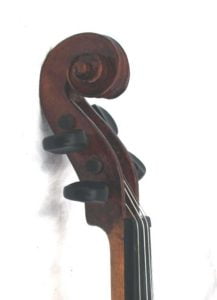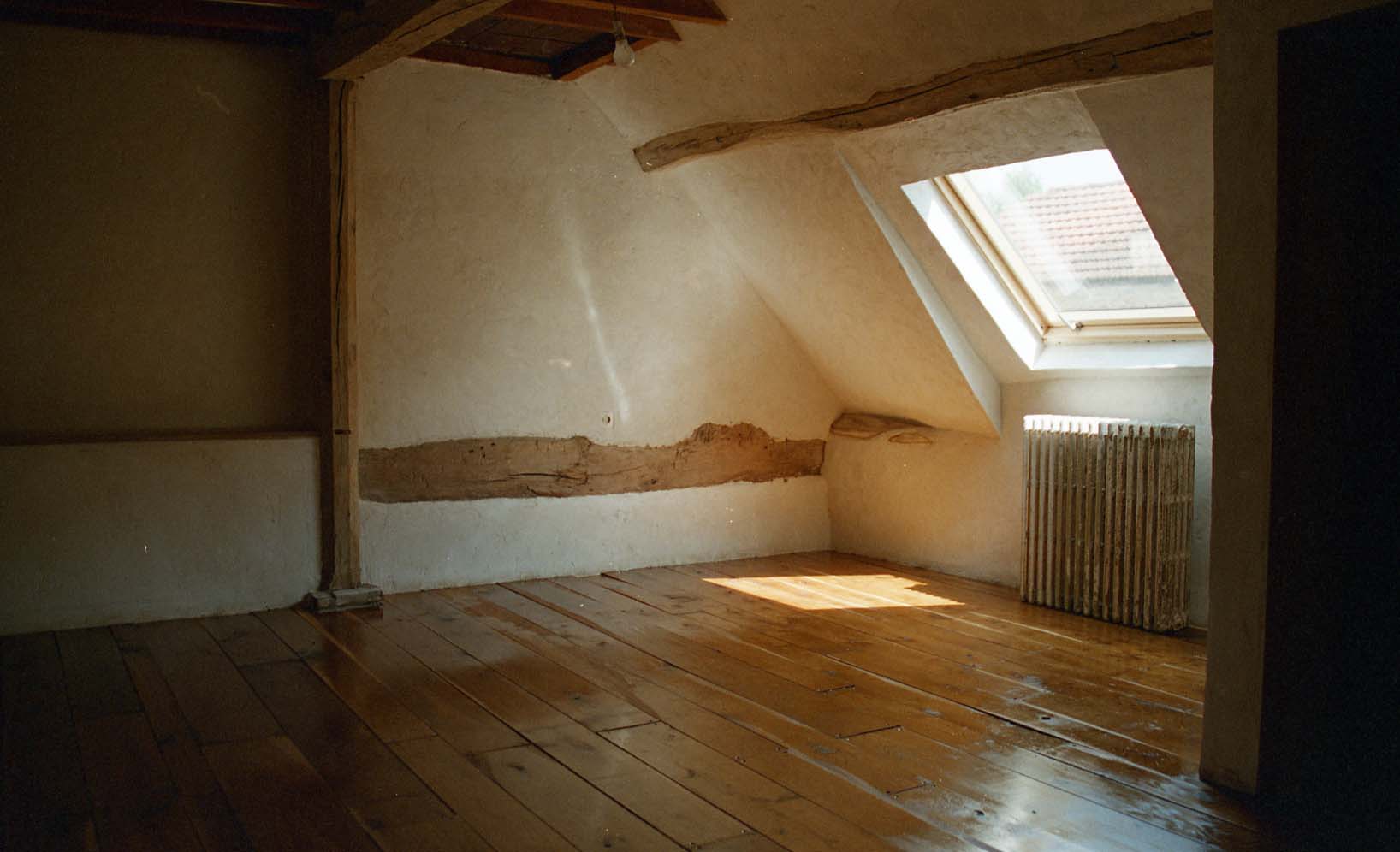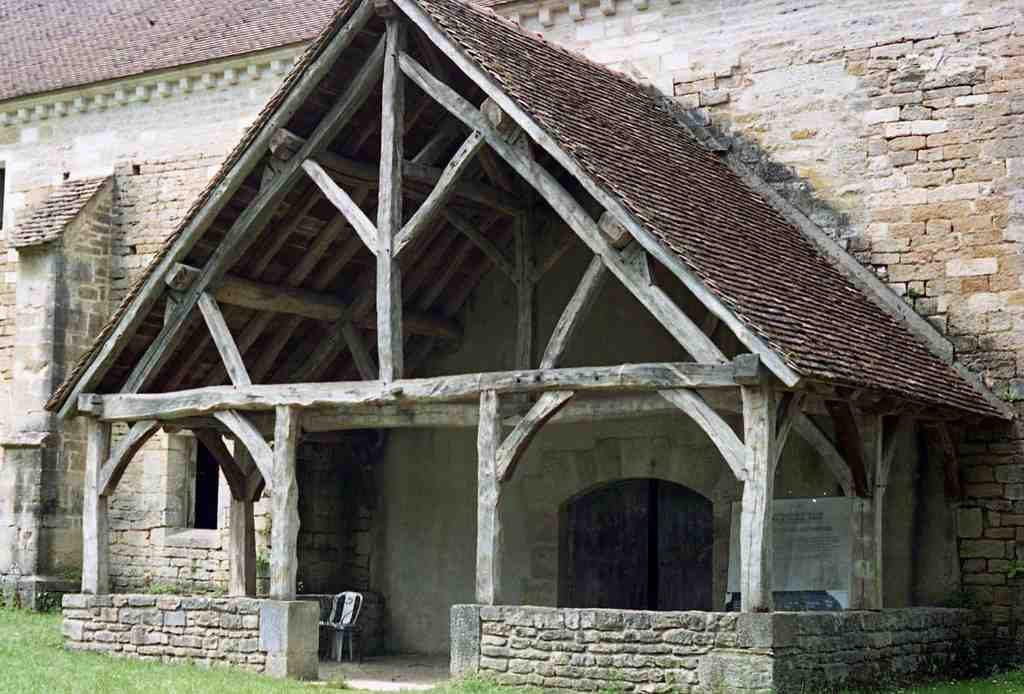Originally posted 2014-03-12 13:35:43.
Everyone will be familiar with the beautiful poplar trees that make valleys in Burgundy and elsewhere so charming to the eye. Poplar produces straight-grained timber of prodigious length. The wood is soft and easy to cut, and it holds nails very well. It resists splitting firmly because is has an interwoven grain, so it is tricky to plane well; better to use a power plane. But poplar is in any case best kept for rough work.
It has two big disadvantages; it can to warp severely as it dries, so great care must be taken in stacking; and insects just love it. Poplar should never be used unless it is treated or painted, or else the woodworm will have a field day. However, it is reasonably resistant to rot, and as long as it is used with care, is a useful timber. It is cheap and plentiful, light and easy to handle.
Unfortunately, poplar is usually grown individually, in long thin avenues, or as windbreaks along the edges of fields, and more rarely in plantations. Its presence in the beautiful valleys of central France is a great asset visually. However, this causes a problem when it is cut for timber.

Continue reading “Wood in Traditional Building 2: Poplar and Pine”


